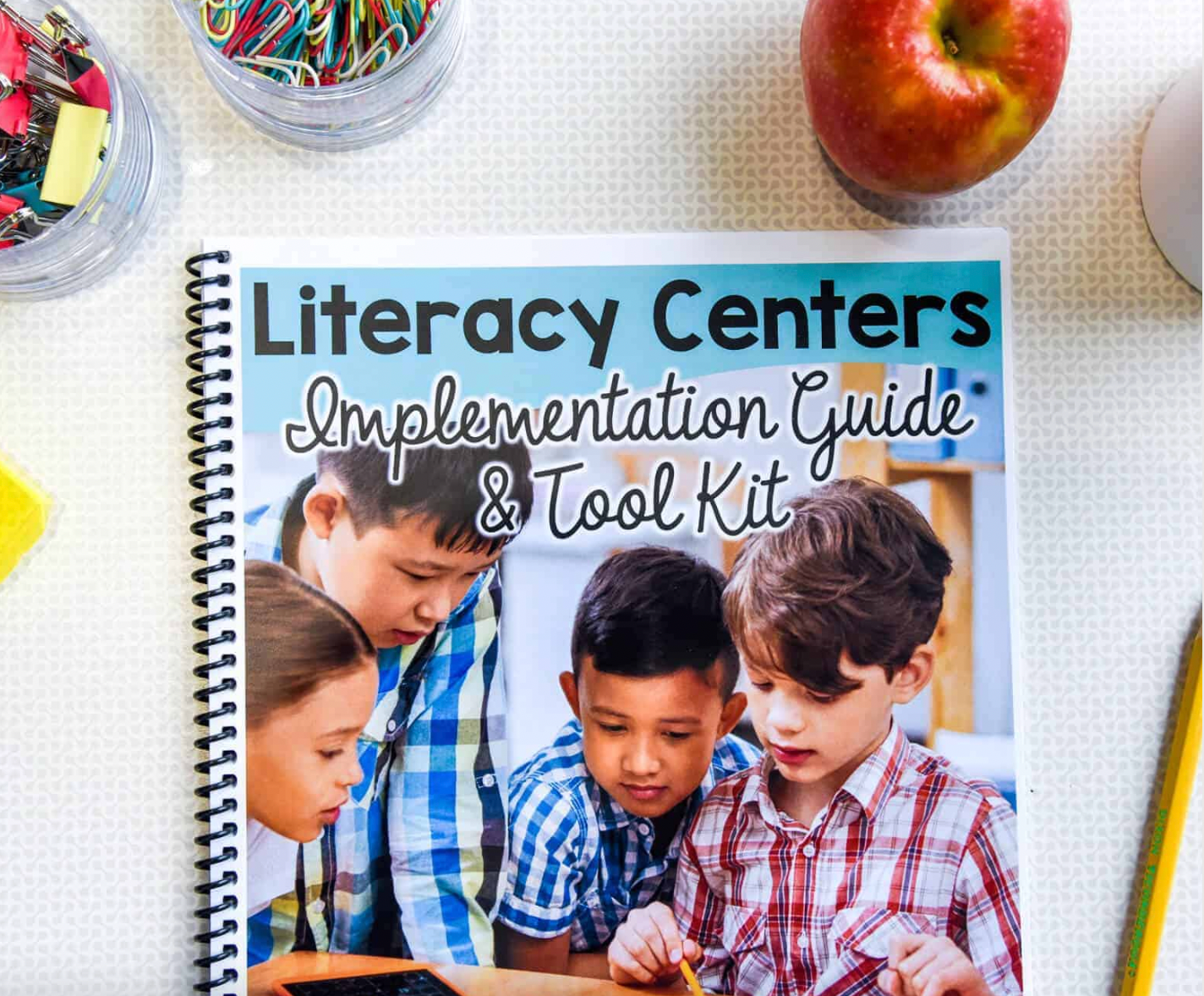If you have ever heard anything about writer’s workshops, you know that mini-lessons are a really important part of teaching writing. Those 10-15 minute mini-lessons are a huge part of preparing your students to work on their writing pieces.
The question is, how do you actually present these writing mini-lessons so students retain the information and can use that information in their writing piece?
Mini-lessons are perfect for elementary students that are still developing the ability to extend their attention span. They allow you to relay the most important details that you want your students to learn in a short period of time. However, you may feel it’s challenging to fit the appropriate information into condensed writing lessons. So, I will share how to plan and teach writing mini-lessons easily.
The flow of the mini-lesson
It’s really important that you only focus on one key concept or idea during a mini-lesson. Personally, I like to use anchor charts during the lessons, but you could also do them digitally or under a document camera.
During the lesson, you will want to use the exact same organizer that your students will be using when they work on their own writing. You will model every single step you want them to follow, so they know what to do when they get started on their own.
Planning for your writing mini-lesson
You don’t need to have a super long fancy lesson plan with the standards unless your school requires it. Instead, I recommend having pre-planned examples to use. Although you want students actively brainstorming and writing with you throughout the lesson, it’s helpful to have good examples ready if you get stuck. This is especially important if you’re working on a tough skill for your students.
Before I do the lesson with students, I will set up my anchor chart. I try to keep it looking as close to the organizer the students will use as possible to make it easier for them when they work on their own.
I have my pre-planned examples ready, but I don’t fill them in before starting the lesson. Instead, I only use them if needed.

Lesson Engagement
Getting complete buy-in from your students during the mini-lesson is essential. Over the years, I’ve discovered a few things that help reduce frustration while keeping students more engaged.
Preplan Engagement Questions
Engagement questions are an effective way to keep students engaged during the lessons. Instead of calling on one student to answer, these questions are meant to be answered by the whole group. So, for example, you might ask, “If you could imagine the exterior with a lot of leafy areas, what words would you use to describe the color?” Then everyone participates by answering.
I know it sounds chaotic to have every student answering at once, but I’m telling you, it works. For the most part, when students are not giving their input, they are not paying attention. So, try to build in questions where every student is participating.
Don’t Allow Hand-Raising
Writing mini-lessons are only ten minutes, so I tell students not to raise their hands. Instead, I let them know if they have something to say or a question to ask, I want them to keep it in the back of their mind or write it down in their folder.
Of course, I want to answer their questions, but we have very limited time, so we want to make sure we’re giving students every example they need and that they’re all participating. Then, once students get to work, we can go around the room and answer those questions.

My Take On Note-Taking During Writing Mini-Lessons
I do not have students take notes during my writing mini-lessons. Many of my students struggle with note-taking, so I’ll have to stop between each thing we do so they can copy down the example. It might take one student ten seconds and another two minutes. This is a waste of time and means that some students are struggling to keep up and are not able to listen if I keep going.
Instead of prioritizing notes, I prioritize participation because I know my students will learn more that way. Of course, note-taking is an important skill, but when students actively participate, they learn a lot from the writing lesson. That is my priority.
The anchor chart stays up while students are working on their own writing, so they can get up and go back to look at it closely if needed. I encourage students to see what we did together and use it in their writing.

In a time crunch
Are you struggling with finding the time to do a writer’s workshop, the mini-lesson, and give the kids time to write? Share your specific struggles in the comments, and I will work on creating a video to address these struggles.
You can download my free planning pages here.



